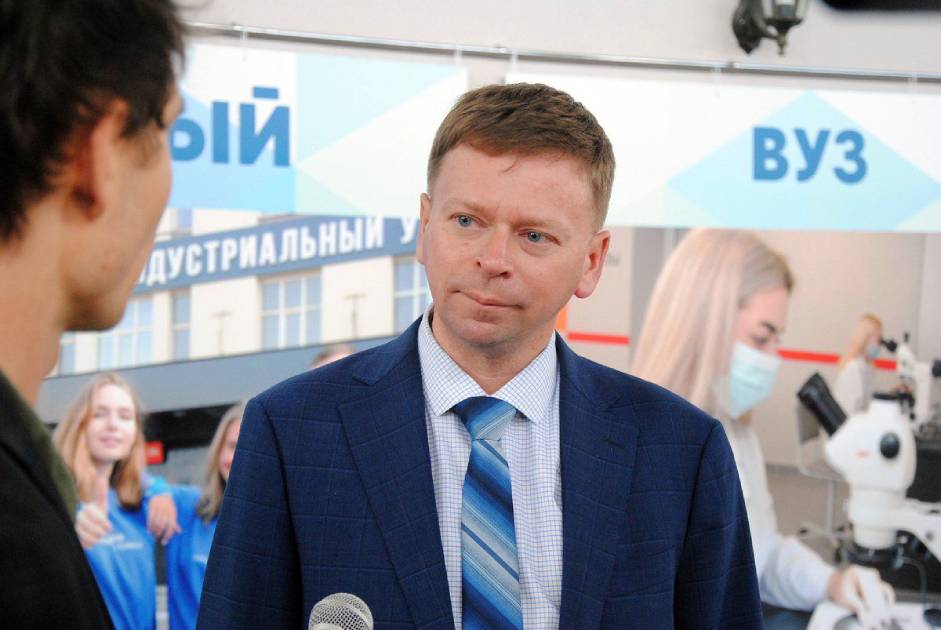What Are The Prospects For uST Transport In Russia? Experts Share Their Insights

Experts in the engineering and transportation industries are increasingly suggesting that uST Solutions have the potential to significantly improve the efficiency of Russia's transportation system. The promise of the technology, developed by Unitsky String Technologies Inc., is backed by R&D testing results, the successful launch of the first commercial project, uLite, and growing interest from government and business representatives worldwide. The unique combination of advantages makes string rail transport highly applicable in both urban and suburban environments. So, what do experts say about the prospects for uST transport in Russia? Let's find out.
Seamless Integration Into the Urban Environment
uST routes can be built over highways, railroads, power lines, residential areas, parks, ravines, and bodies of water. The minimal land allocation required for supports makes the company's solutions highly adaptable and flexible in implementation, notes Vladimir Ershov, Civil Engineer and Associate Professor at the Department of Architecture at Nizhny Novgorod State University of Architecture and Civil Engineering:
"This technology will undoubtedly be in demand in large Russian cities that require an expanded transportation network. For instance, building metro systems in Moscow and St. Petersburg comes with a range of challenges. One of these is constructing tunnels near architectural landmarks, unique buildings, central squares, and other historical or highly frequented sites. Construction takes place under very complex hydrogeological and other conditions, necessitating the search for and use of new technologies to address transportation challenges. In this context, the construction of an elevated yet relatively lightweight uST route could serve as a modern, efficient alternative to large-scale construction. An elevated route could provide the necessary rapid transportation link between remote residential areas and city centers in a shorter time. Importantly, uST routes, like metro lines, do not have to be laid exclusively along streets. This is an off-street mode of transportation."
The uST elevated complexes can relieve road congestion in major Russian cities. Shifting some transportation to the second level will reduce the load on the road network of main streets and avenues, minimize traffic jams, and optimize passenger flows, emphasizes the expert.
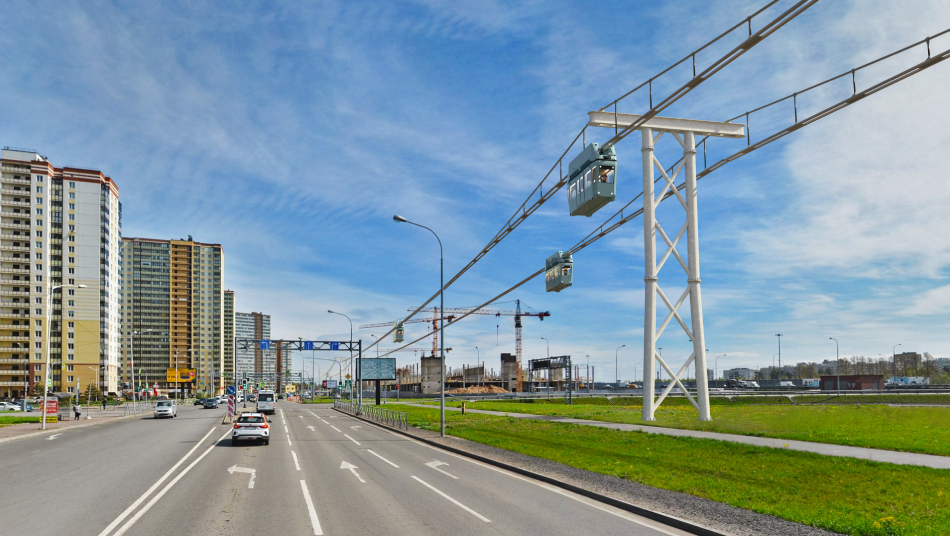
The uST track structure is designed to transport both passengers and cargo, making the string rail overpass universal.
"The visually lightweight route will seamlessly blend into the architecture of populated areas. Existing utility networks, such as fiber-optic and electrical systems, can be integrated into the openwork transport overpass, while passenger terminals and stations can be used as commercial properties, hosting cafes, offices, shops, and other facilities," adds Vladimir Ershov.
uST Transport & Infrastructure Complexes are built on a modular principle, allowing individual modules to be combined into trains with the required number of uPods. The number of units is determined based on the project's logistical needs. An automated control system adjusts travel intervals according to the number of passengers at the stations. With a high speed of up to 150 km/h and minimal intervals between vehicles, the system can transport up to 50,000 passengers per hour.

"The integration of uST transport into urban infrastructure will enhance mobility for residents, reduce street congestion caused by vehicles, lower air pollution, and create new green spaces, making Russian cities more comfortable for living," concludes the expert.
Cost-Effective Solution and People-Centered Technology
The performance indicators and the socio-economic benefits of string rail transport construction and operation are drawing the attention of potential clients, says Dmitry Filippov, Dean of the Faculty of Road Transport at North-Eastern Federal University (Yakutsk) and PhD in Economics:
"uST technological solutions and products require significantly lower capital investment compared to conventional types of transport. The unique design of the string rail overpass, the lack of extensive earthworks, and considerably reduced material consumption make uST complexes affordable to implement. For us, residents of the Russian North, it is especially important that this 'second-level' transport is environmentally friendly and has a low technological impact on permafrost soils. Combined with its speed and short waiting times, this type of transport is particularly relevant in our natural and climatic conditions, as it will ease people's lives, make them more comfortable and safer, and, overall, help address the accumulated challenges of urban passenger transportation."
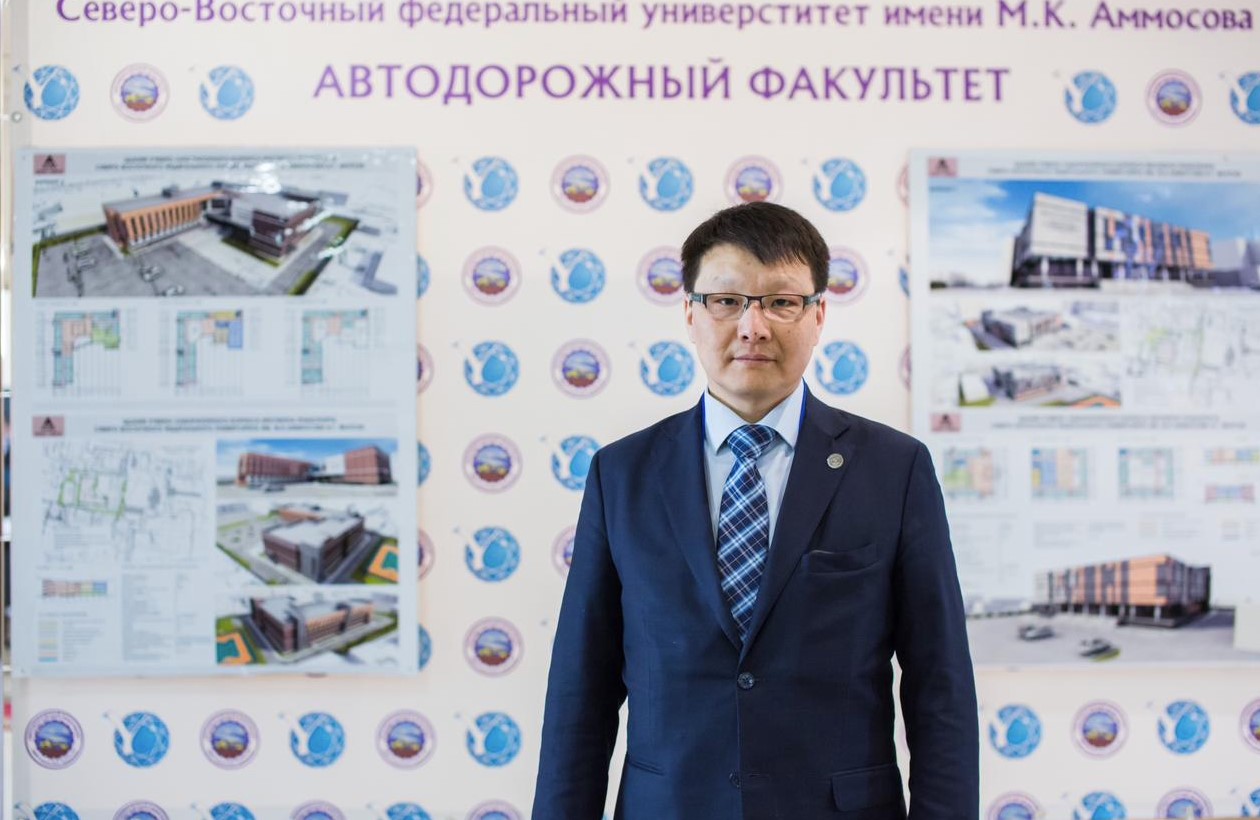
The durability and longevity of the string rail overpass ensure low operating costs. Regular replacement of complex components is not required, and service intervals are significantly extended. The overpass has a service life of up to 50 years before overhaul, while the rolling stock lasts up to 25 years. This approach opens new opportunities for budget optimization during both construction and operation phases. In the context of the Russian economy, this translates into substantial cost reductions for infrastructure projects and improved resource efficiency.
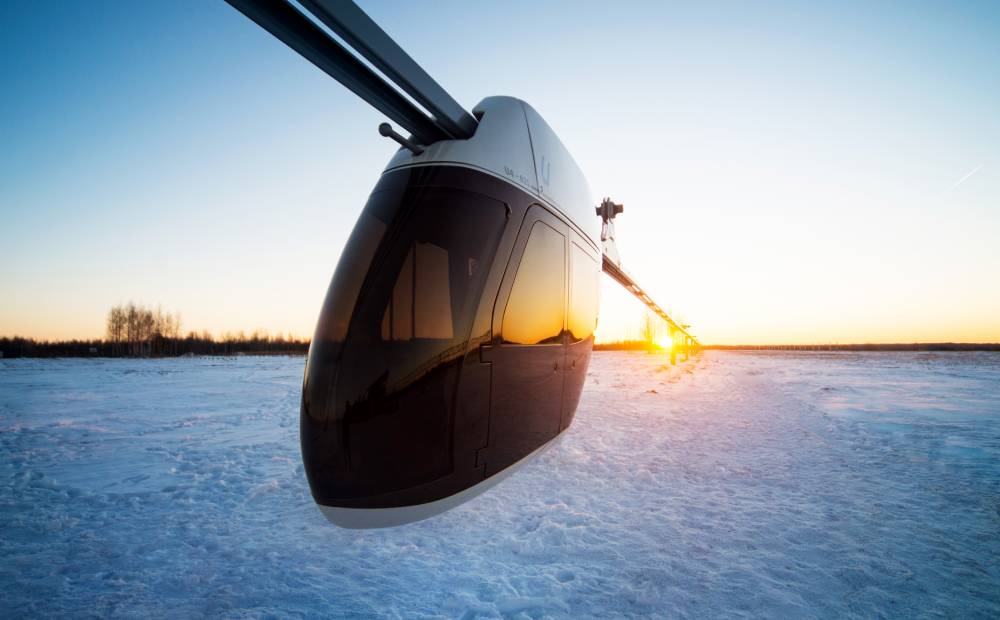
For example, in 2023, Saint Petersburg planned to allocate 11 billion rubles annually over three years for road repairs. uST technologies offer an economically advantageous solution for routes with high passenger traffic, such as urban highways, suburban lines, and connections between major hubs. Implementing these innovations would help optimize budget expenditures overall, enhance transport reliability, and reduce operating costs.
Reliability and Safety
Every year, tens of thousands of road accidents are recorded in Russia, claiming thousands of lives. A significant portion of these incidents is caused by human error, which is entirely eliminated in uST systems thanks to automated control.
Rail transport is also subject to various risks, including train derailments. In 2024, two similar incidents occurred on the same day. In the Moscow Region and Krasnoyarsk Territory, cargo trains derailed, causing schedule disruptions and significant financial losses. uST technologies are immune to such risks: the transport moves along a fixed track and is equipped with an anti-derailment system, effectively preventing such accidents.
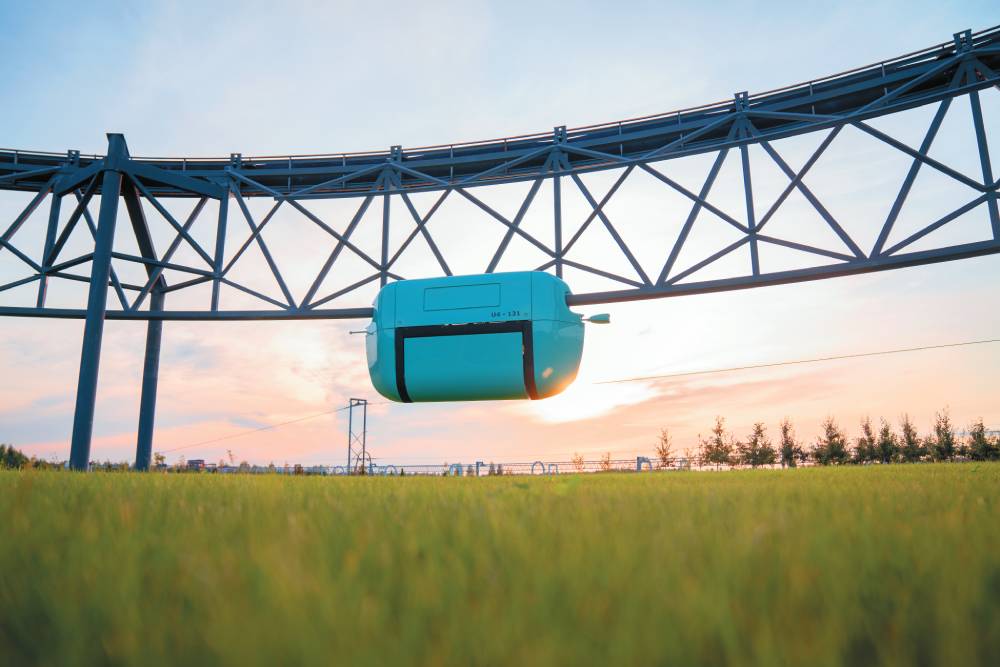
Experts highlight the high safety of string rail transport. Dmitry Bochkaryov, PhD in Engineering and Associate Professor at the Department of Design, Construction, and Operation of Transport Facilities and the Department of Transport and Technological Machines and Equipment at Belarusian State University of Transport, believes that uST transport is designed with all modern safety requirements in mind:
"uST Transport & Infrastructure Complexes are highly reliable and safe because all existing risk factors are accounted for at the development stage. To minimize these risks, design decisions have been made that drastically reduce the likelihood of dangerous incidents. For example, the string rail overpass is elevated, preventing collisions with other vehicles, pedestrians, or animals. The pre-stressed track structure remains functional even if several supporting towers are damaged, such as during natural disasters or terrorist attacks. The uPods are equipped with an anti-derailment system, significantly enhancing the safety of movement. The automated control system eliminates human error, making the transport resilient to emergency situations."
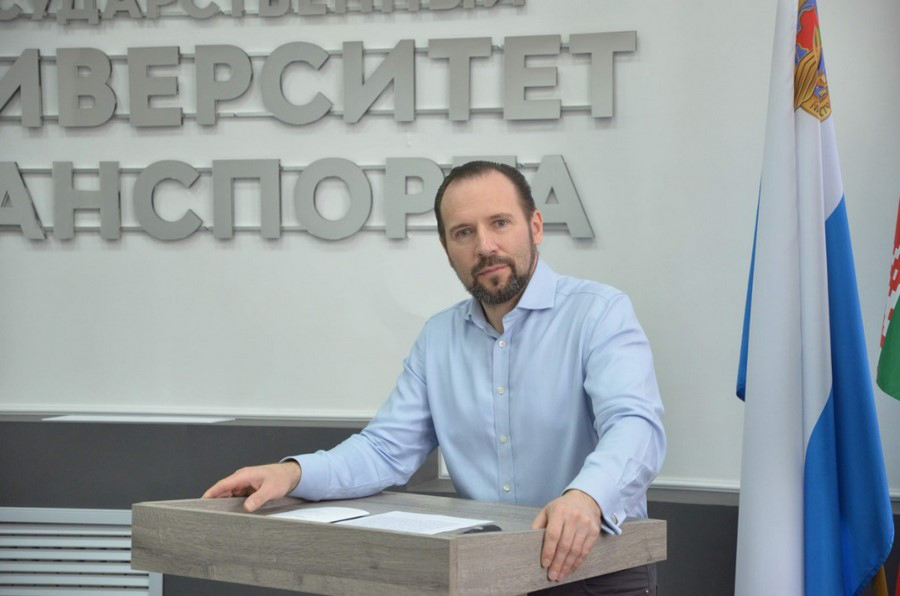
Unitsky String Technologies Inc. develops transport complexes in accordance with international standards. The safety of uST Solutions is certified by TUV SW and applies to key elements of the complex: the string rail overpass, rail electric vehicles, the automated control system, and infrastructure, emphasizes the expert.
String rail transport will be a reliable solution for passenger and cargo transportation across Russia, with its vast territory and diverse climatic conditions.
Minimal Environmental Impact
For Russia, reducing harmful emissions is one of the top priorities, especially considering the environmental challenges of recent years. Both the government and businesses are paying increasing attention to this area, as evidenced by efforts to reduce emissions in industry and transport. This policy is already showing positive results. In 2023, Russian enterprises and transport emitted 22 million tons of pollutants into the atmosphere, which is 1% less compared to the previous year. The reduction of emissions by nearly 230,000 tons marked a record low over the past five years, according to FinExpertiza analytics based on data from Rosprirodnadzor.
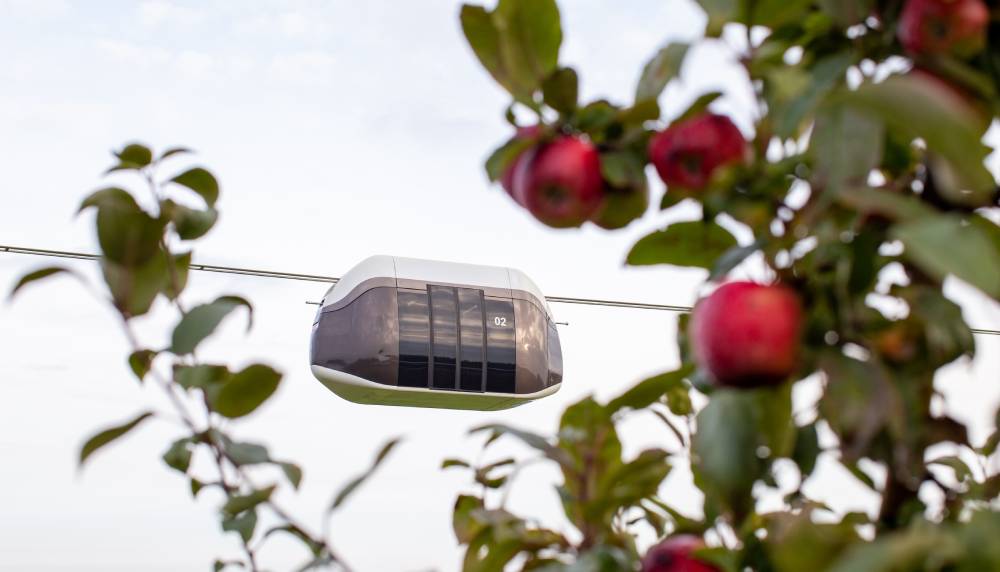
uST Solutions can support this trend by offering a sustainable alternative to traditional modes of transport. The electrification and low energy consumption of uPods can further reduce emissions from the transport and industrial sectors, which remain major sources of air pollution. According to many experts, one of the key advantages of string rail transport is its environmental friendliness. Sergey Konovalov, Doctor of Engineering and Vice-Rector for Research and Innovation at Siberian State Industrial University, points out that uST transport has minimal impact on the environment due to several factors:
"Firstly, the minimal land use for the string rail overpass leaves the soil under the track untouched, and the construction of the complex does not harm the biodiversity of the surrounding area. Secondly, the use of electricity eliminates harmful emissions. The low energy consumption of uPods, with widespread use of uST transport, will reduce the demand for electricity production at coal-fired power plants, which pollute the air. Thirdly, the environmental benefits include low levels of noise and vibration. These features make uST transport suitable even for regions with high environmental standards."
Optimistic Forecast
The experts agree that uST Solutions can effectively complement Russia's transport infrastructure. The mentioned advantages make the technology in demand for both urban routes and nationwide implementation.
Sergey Konovalov concludes that the technology has significant potential:
"The ecological, economic, and social benefits make uST technology strategically important for modernizing Russia's transportation system. With government support, it could even become the central element of the national transportation system, providing fast, reliable, and affordable mobility within and between cities across the country."
More news
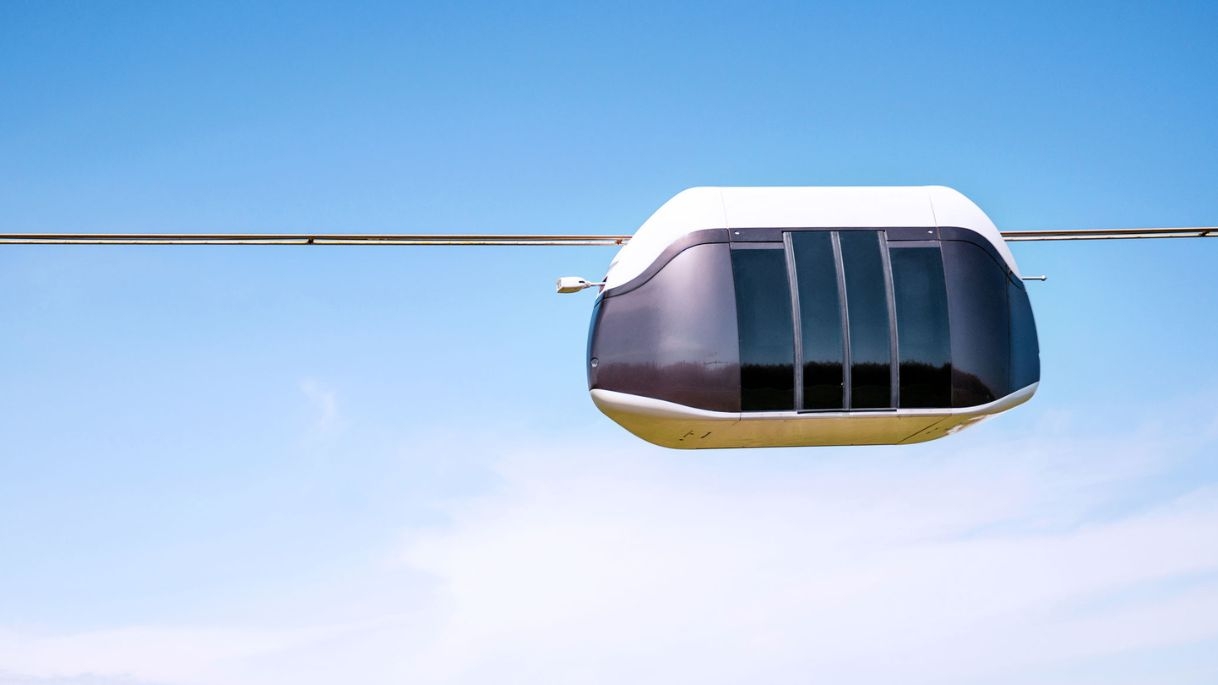
Blog
28 March 2023
The Product of Unitsky String Technologies Inc. Is a Response to Challenges in the Transport Sector
Ten-point traffic jams paralyze huge cities. More than a million people perish in road accidents around the world every year. The problem of environmental pollution becomes more acute every day.
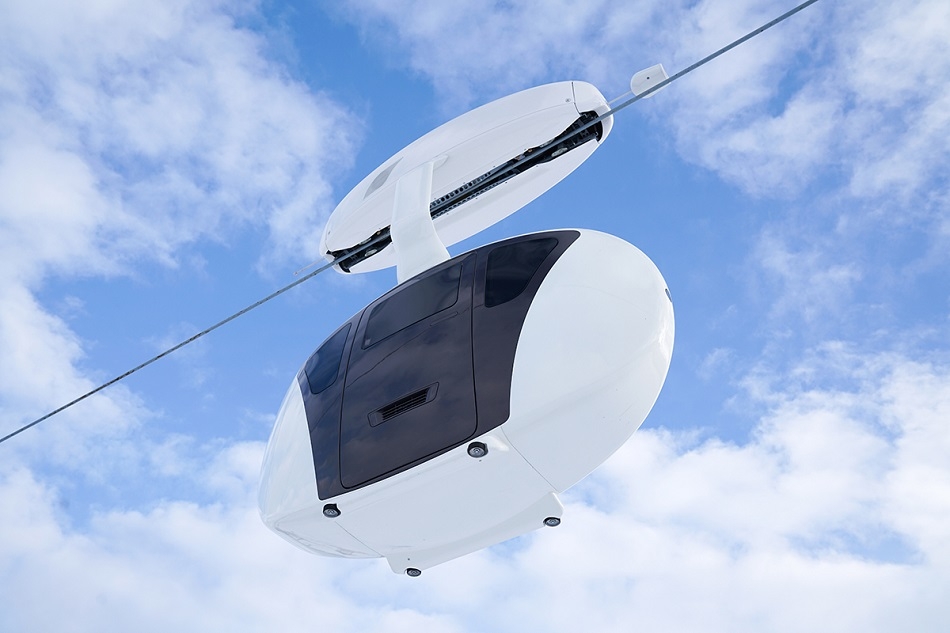
News
2 September 2025
Transportation for Smart Cities and New Districts
We analyzed promising technologies for smart cities and identified the uST
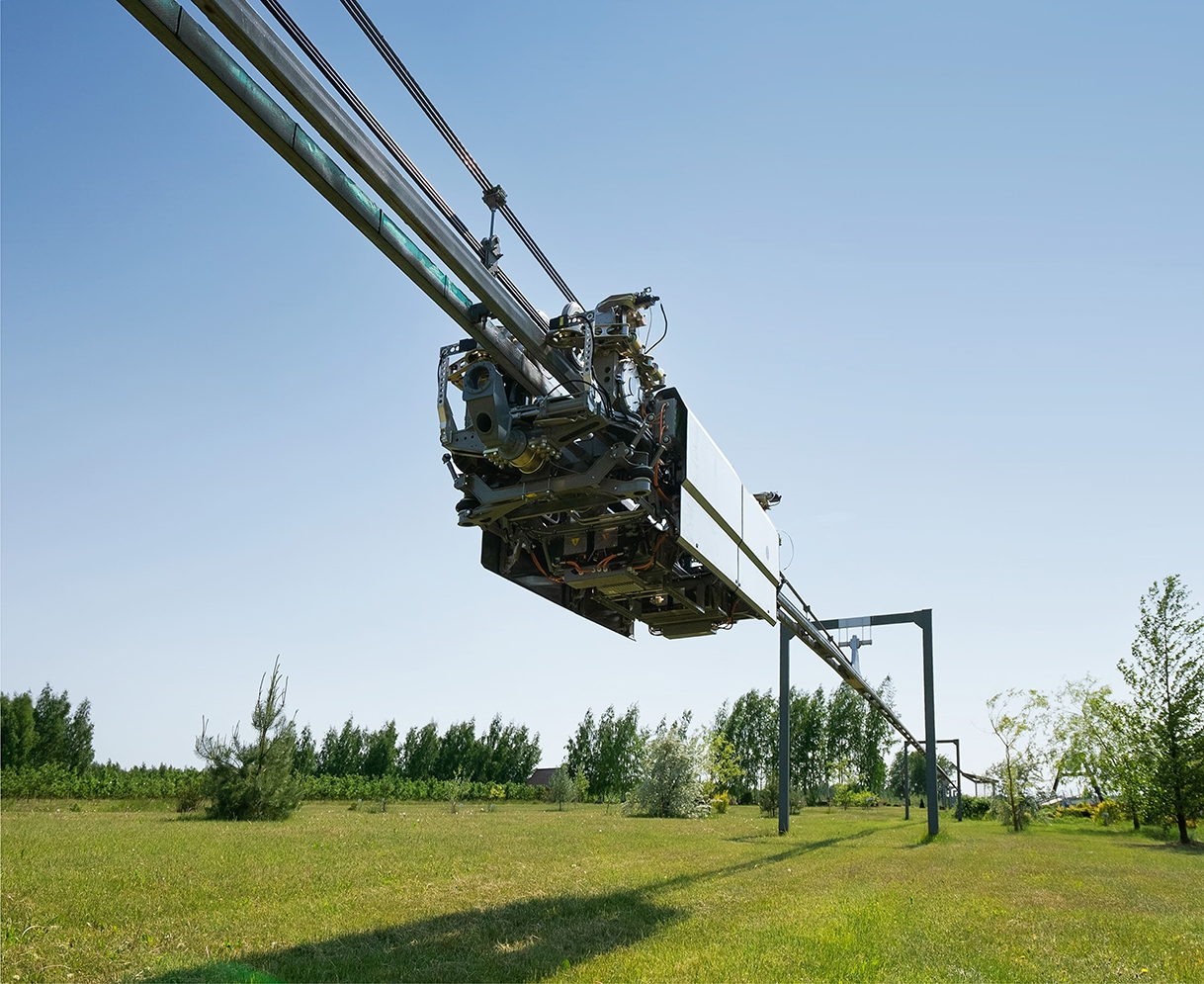
News
7 Junе 2023
A Development for Testing the uPod Elements Is Presented in UST Inc.
The assembly of the self–propelled stand chassis of a bi-rail wheeled electric vehicle has been completed at the SW Plant production complex. There engineers will work out the design solutions and test the uST transport control systems.

